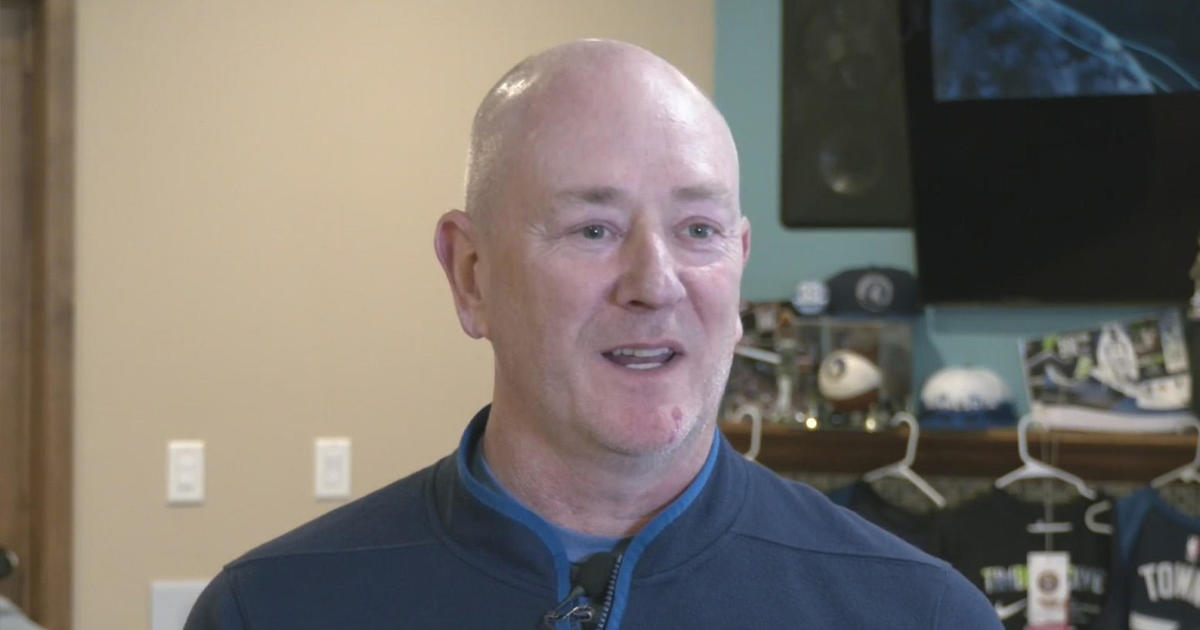Good Question: How Does The DNR Count Fish?
MINNEAPOLIS (WCCO) -- The Minnesota Department of Natural Resources shut down walleye fishing on Lake Mille Lacs Monday night for the first time in history.
The decision was made because of the record-low walleye population on the lake, and because the quota was met for how many walleyes could be harvested this year.
Lake Phalen in St. Paul isn't nearly the size of Lake Mille Lacs, but it can still reel in a crowd on a gorgeous, summer day.
"We're looking for largemouth bass, but I'm happy with anything," angler Brody said.
The DNR says Lake Phalen has bass, bullheads, sunnies, northerns, walleyes and tiger muskies -- just to name a few. They can even tell you approximately how many of each are in Phalen.
"We actively manage about 4,000 lakes and several thousand streams," DNR Lake Surveys Coordinator Al Stevens said.
He says to find out how many walleyes have been taken out of a lake, they first have to know how many were in the lake to begin with.
"We use trap nets, gill nets, electric fishing equipment and trawls," Stevens said.
Those nets target different sizes and different species of fish. They also standardize the number of nets they set and where they set them.
"If we catch so many fish per net, that's the population estimate for that lake," he said.
The way to find out how many walleyes have been taken from a lake relies a little more on word of mouth.
"It's similar to conducting a political poll," Stevens said.
To find out how many fish have been harvested, the DNR conducts what is called an angler creel survey, which are considered accurate and expensive.
"We go out and interview anglers, see what they have caught," Stevens said. "We estimate how many people have been fishing that water body, and from that we can estimate how many fish have been caught, harvested and released."
Stevens says the DNR also uses aerial surveillance to find out how many anglers are on a given lake.
An angler creel survey can cost as much as $125,000 a year to conduct on some of the bigger lakes.
Stevens says they are labor intensive; they can interview thousands of people on a larger lake like Red Lake, Mille Lacs or Superior.
The 10 bigger lakes in the state get surveyed frequently so they always have a starting point.
Information about what the DNR finds through the surveys can be found here.



